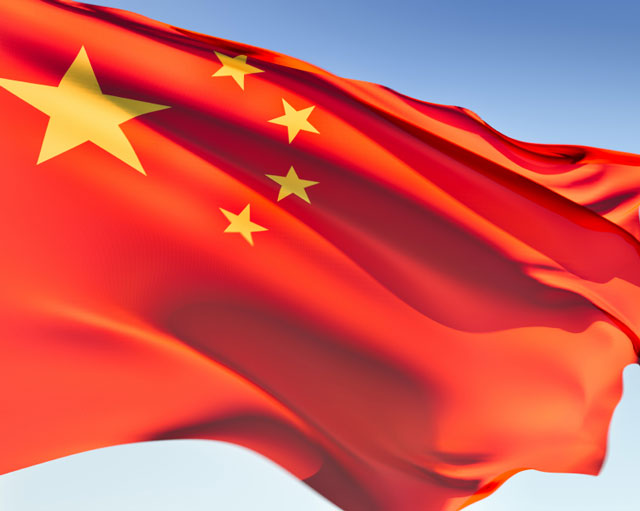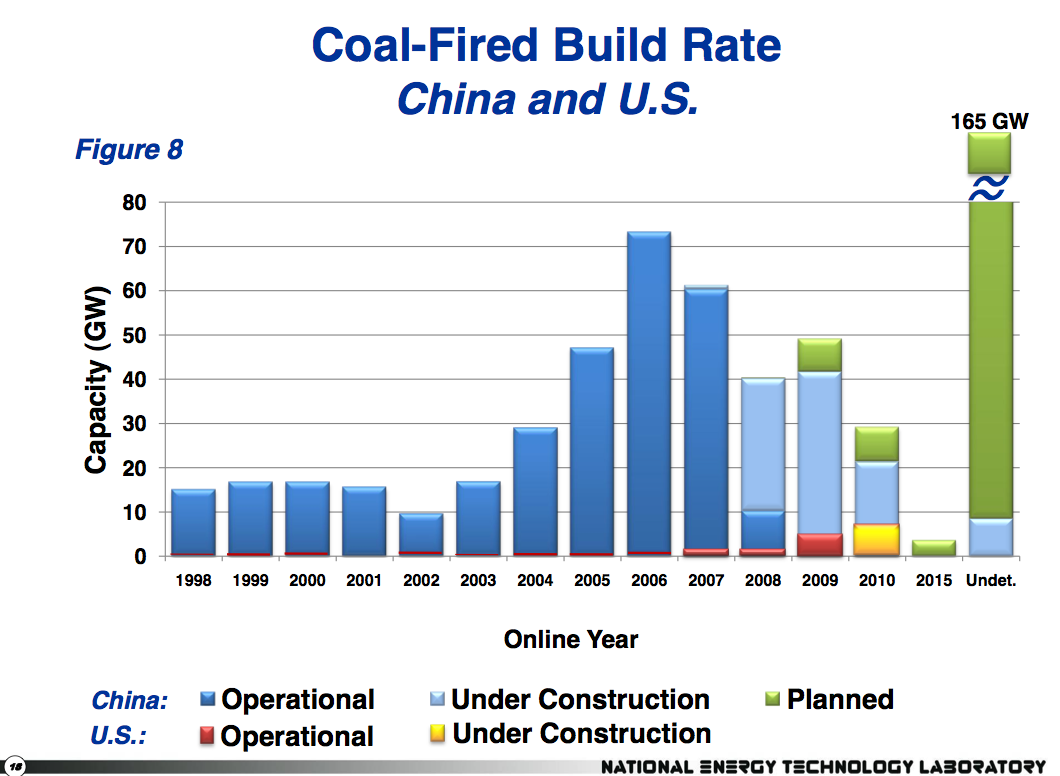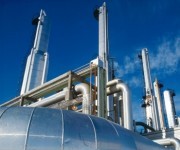Certain members of the U.S. Congress believe that America shouldn’t do anything about climate change until China does. Putting aside the moral illogic of that position, let’s focus on something China is doing: shutting down old, dirty coal plants. Surely once senators find out about this they’ll be eager to follow suit!
The Chinese government recently finished its latest five-year plan, part of which is a series of measures meant to address air pollution [PDF]. The measures are described in … are you ready for this? … “Notice of the General Office of the State Council about Forwarding Guiding Opinions on Pushing Forward the Joint Prevention and Control of Atmospheric Pollution to Improve the Regional Air Quality Developed by the Ministry of Environment Protection and Relevant Departments,” or NGOSCFGOPFJPCAPIRAQDMEPRD for short. It was approved by the State Council, China’s highest level of government, on May 11.
The Chinese Ministry of Environmental Protection is working on implementing the measures. This is from a draft (not yet final) guidance they’ve worked up:
Eliminate conventional thermal power generating units which have been operated for 20 years and whose capacity of each unit is less than 100 MW, various generating units whose service is up and whose capacity of each unit is less than 200 MW, and various coal burning units whose power supply standard coal consumption is 10 percent higher than average level of the province (autonomous region and municipality) in 2010 or 15 percent higher than national average level.
This is actually a continuation of policy established in the previous five-year plan, which mandated the shutdown of old coal plants under 50 MW. (By the by, “shut down” means really shut down, as in blow the stack up with a party official there to witness it.) In the past five years, China’s shut down over 50 GW of older and smaller coal plants. As it happens, around 50 GW of coal is what experts say is at risk in the U.S. from new EPA regulations.
Of course, 50 GW of coal isn’t much in the grand scheme of things in China. It’s the world’s biggest producer and consumer of coal. It gets around 70 percent of its total energy from coal (as of 2006). It added over 65 GW of coal-fired power in 2008 alone, according to a recent report from the China Electricity Council (CEC). Nevertheless:
Xue Jing, director of statistics and information at the CEC, said at an earlier conference that China will invest more in the power grid and clean energy, and gradually decrease the proportion of power plants that are coal-fired.
Statistics from the CEC report show that in 2008, China’s investment in nuclear power and wind power increased 72 percent and 88 percent year on year, respectively. At the same time, investment in coal-fired plants declined 22 percent.
Since no post is complete without a graph, here’s what the experts expect China’s power sector future to look like:
(For an interesting perspective on how China sees its energy dilemma, see this post from Brad Plumer.)
Though the recession has slowed growth somewhat, China’s total coal consumption and greenhouse-gas emissions are going to rise for the foreseeable future; such is the inexorable mathematics of growth. Nonetheless, authorities recognize that shutting down old, inefficient power plants advances both environmental and economic goals. It removes the largest sources of toxic air and water pollution while swapping in new, cleaner, more efficient power plants. It also serves as economic stimulus, driving investment in and construction of new generation capacity. It’s what a free market system would already be doing, if such a system existed anywhere on the planet.
Chinese officials get it on old coal plants. We’ll see if Congress really does follow its lead.
——
Here’s another revealing graph on China’s power sector, via Tim Hurst:





